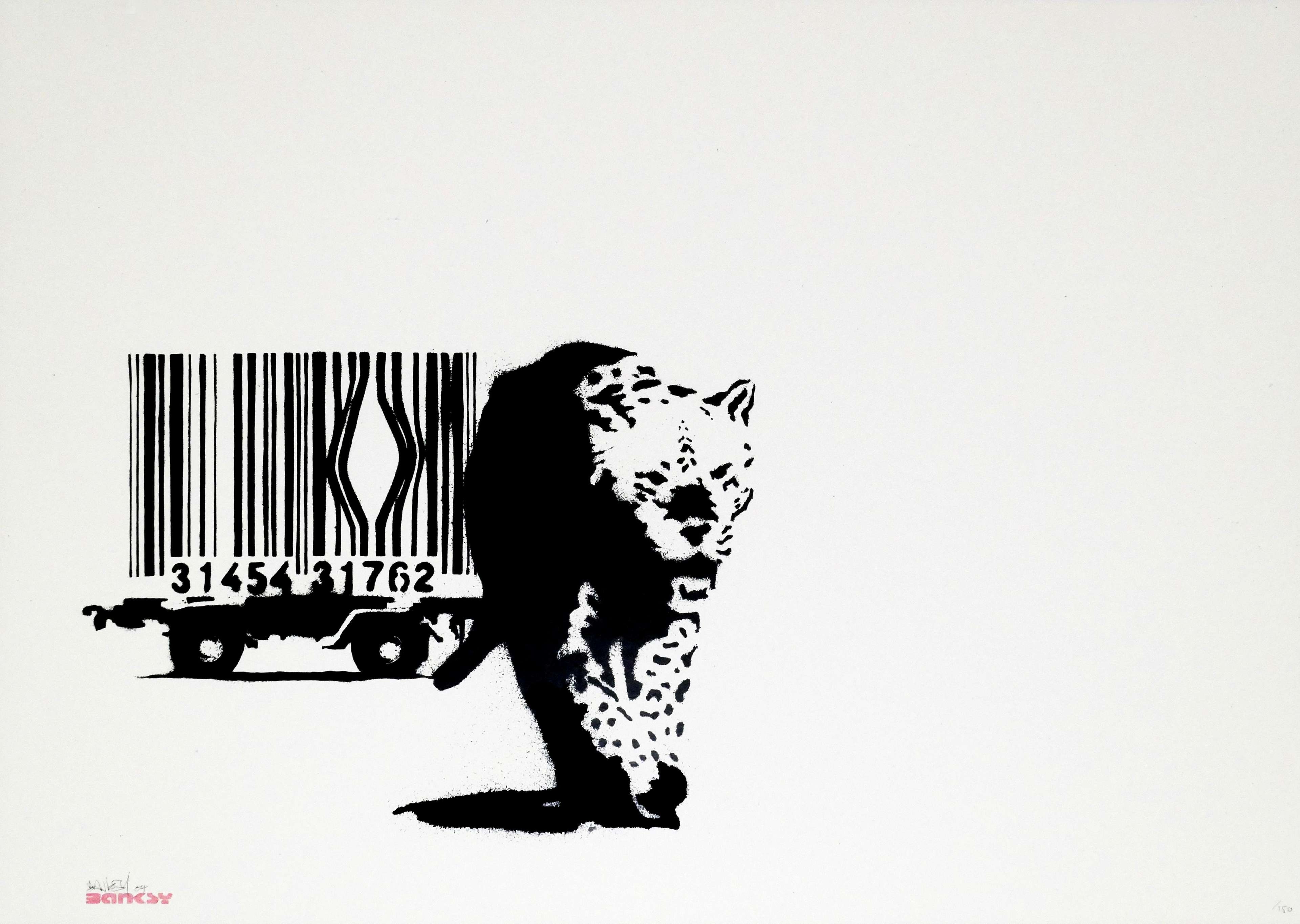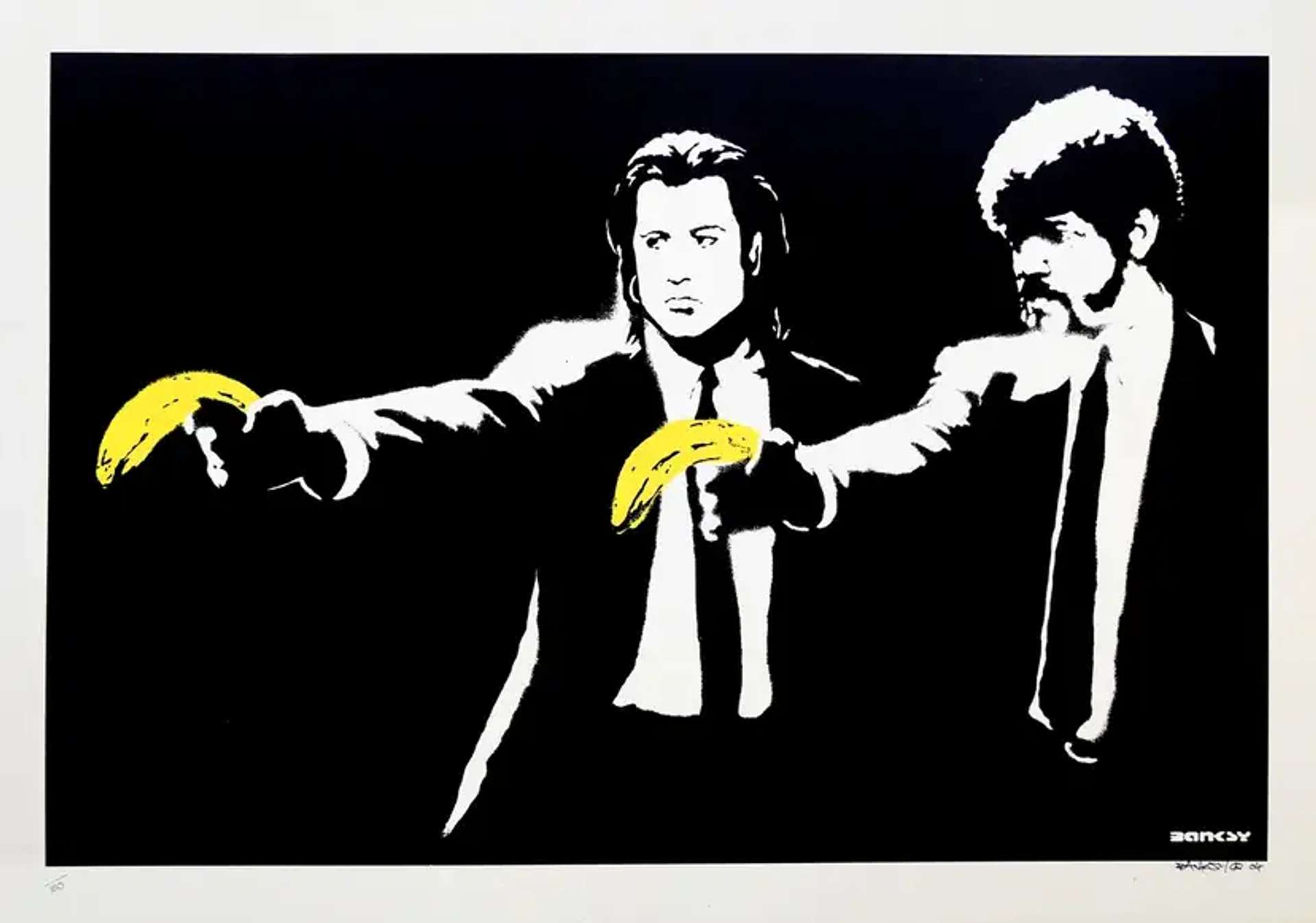The Crommelynck Brothers

 Image © British Museum / Portrait of the master printer Aldo Crommelynck © Jim Dine 2007
Image © British Museum / Portrait of the master printer Aldo Crommelynck © Jim Dine 2007Market Reports
Aldo and Piero Crommelynck were distinguished Belgian printmakers, renowned for their collaborations with some of the 20th century's most iconic artists including Pablo Picasso, Joan Miró, Georges Braque, Henri Matisse and David Hockney. Their lives and careers spanned a period of rich development in the art of printmaking, where they not only showcased their technical expertise but also pushed the boundaries of the medium. Through their contributions, they have shaped the way that modern and contemporary artists engage with printmaking and how audiences perceive it.
The Life and Career of the Crommelynck Brothers
Born into a family with a strong artistic heritage, the Crommelyncks' father Fernand was a dramatist, while his uncle was a painter, set designer, muralist, printmaker, and writer. This early exposure laid the foundation for what would become a storied career in the arts. Following family tradition, Aldo and Piero Crommelynck began an apprenticeship in Paris aged 17, under the master Roger Lacourière. They were supposed to specifically learn the intaglio technique. It was here that Aldo's reputation in particular as a master printmaker began to flourish, and he worked with Miró and Matisse – notably on the latter’s aquatint series Visage. Although Fernand had hoped his sons would pursue careers as artists, they found their calling in realising the printed works of the 20th century's most influential artists, transforming their father's artistic aspirations into a legacy of collaboration and craftsmanship.
In 1955, they opened their own workshop alongside their other brother Milan. The atelier soon became a magnet for artists seeking to explore and execute their visions in the print medium, as the Crommelyncks technical prowess and willingness to experiment made them a sought-after collaborator. Throughout their career, the Crommelyncks were celebrated for their dedication to the craft of printmaking, innovative approach to traditional techniques, and collaborative spirit. They were not just a technician, but artists in their own right, able to bridge the gap between the artist's vision and the final print.
The Crommelyncks' legacy is not merely in the prints they helped produce but also in their influence on the art of printmaking. They demonstrated the potential of prints as a primary form of artistic expression, rather than just a reproductive medium. The work has left a significant impact on the art world, inspiring future generations of artists and printmakers to explore the limitless possibilities of the printed image. Piero died in Paris, May 18th, 2001. Aldo died in Paris on December 22nd 2008, aged 76.
 Image © Victoria and Albert Museum, London / Hiroshima Clock © Jim Dine 1984
Image © Victoria and Albert Museum, London / Hiroshima Clock © Jim Dine 1984The Crommelyncks' Art of Printmaking: Techniques and Innovations
The Crommelynck brothers elevated the art of printmaking to new heights, blending their initial training in intaglio with a broad spectrum of fine art printmaking techniques. Many people are not aware of the technical nuances involved, and the pivotal role of the printmaker in the creation of the work; this art form is intricate, melding artistic vision with scientific precision. Far from the immediacy of drawing or painting, creating a print entails navigating a complex world of techniques, each with its own set of challenges and misconceptions. Among the most demanding of these techniques is working with copper plates, a process fraught with potential for error due to the unstable nature of metal and acid. Mastery over these materials is crucial – there is a fleeting moment in which the printmaker must execute their skill flawlessly or risk the integrity of the work. It is within this delicate balance that the trust between artist and printmaker is forged and tested, becoming the cornerstone of their collaborative relationship.
The Crommelyncks distinguished themselves with their expertise in aquatint, a technique they refined and expanded upon to create what are known as gravures d’interpretation. These works demonstrate an exceptional level of virtuosity, born from the brothers' willingness to experiment with a range of toxic chemicals to achieve the desired effects. Their goal was to enhance the artist’s vision, bringing to life textures and tonalities that mimicked the richness of impasted pigment and crayon on a flat surface. This innovative approach to aquatint allowed them to achieve unparalleled depth and subtlety in their prints, making the medium itself a part of the artistic expression. The Crommelyncks' collaborations with artists were deeply interpretative, requiring a profound understanding of the artist's intent and the ability to translate this into the print medium.
The Crommelynck's Collaboration with Pablo Picasso
The collaboration between Picasso and the Crommelynck brothers is a hallmark in the history of modern art, a perfect fusion of creative genius and technical mastery. Picasso first met the brothers when they produced a singular print of Picasso's 1952 gouache, Le Crâne De Chèvre Sur La Table, employing the unconventional technique of printing its white hues with white ink. This partnership strengthened in 1963, when the brothers set up an engraving studio in Mougins, France—close to Picasso’s residence at the time—ushering in a period of prolific output and innovation in Picasso’s printmaking endeavours. The synergy between Picasso's boundless creativity and the Crommelyncks' technical efficiency and availability catalysed an extraordinary production of prints, including proofs, variations, and repetitions, allowing Picasso to see and refine the results in an unprecedentedly short amount of time.
The integration of the etching press into his home environment facilitated a decade of close collaboration and friendship, culminating in the late iconic engravings of the Series 156 and Le Cocu Magnifique. A crowning achievement of this collaboration was the creation of the Series 347, an ambitious project undertaken between March 16 and October 5, 1968. Within this intense period of work at Picasso’s home, the trio produced 347 etchings, showcasing a wide range of themes and techniques that convey the depth of Picasso’s imagination. The series was printed in an edition of 50 numbered examples, along with 17 artist’s proofs, all hand-signed by Picasso.
The professional relationship between Picasso and the Crommelyncks was deeply intertwined with a personal friendship, as evidenced by the portraits Picasso painted of Piero and his family -- he appeared an estimated 150 times in the artist's oeuvre. This bond is a testament to the mutual respect and admiration between the artist and his printmakers, underscoring the collaborative spirit that defined their work together. The Crommelyncks aided in creating nearly half of Picasso's intaglio prints, constituting a significant portion of his entire graphic oeuvre – one of their printing presses is on display at the Museo Picasso Malaga, loaned by Piero’s widow Landa. This press, responsible for printing over a thousand works by Picasso, symbolises the prolific and impactful nature of their partnership. Their work together enriched Picasso’s artistic legacy and solidified the Crommelyncks' reputation as master printmakers, whose contributions to art remain unparalleled.
Key Collaborations: The Crommelyncks' Printmaking Mastery
The Crommelynck brothers’ technical expertise is vividly illustrated through their collaboration with some of the 20th century's most iconic artists:
Georges Braque
In 1962, the brothers helped Georges Braque create L'Ordre Des Oiseaux, a series of etchings and aquatints accompanied by poetry from Saint-John Perse. The work exemplifies the Crommelyncks' skill in capturing the delicate interplay of light and shadow through aquatint. The work's intricate detail and the subtle gradations of tone showcase their ability to create prints that breathe with life and movement.
Joan Miró
Piero collaborated with Miró on several colour intaglio prints for René Crevel's La Bague d'Aurore, highlighting the Crommelyncks' versatility in handling hues within the printmaking process. Their work with Miró in particular displays a vibrant use of colour and form, pushing the boundaries of intaglio printmaking to create works that are as dynamic and expressive as any painting.
David Hockney's The Blue Guitar, 1976–77
Following Picasso’s death, Aldo began a close collaboration with David Hockney, which included teaching him various etching techniques such as sugar lift and the innovative use of wooden frames for multicolour prints. This culminated in the creation of the The Blue Guitar portfolio, a series of twenty etchings inspired by Wallace Stevens' poetry and Picasso's artwork. It showcases the depth of Hockney's artistic exploration through Crommelynck's printmaking techniques, blending poetry, art, and printmaking into a cohesive and striking collection.
Jim Dine
Jim Dine once stated that Aldo "taught me everything I know about etching." Their collaboration resulted in over 100 prints, including the Nancy Outside In July series (1977–81) and numerous prints derived from Dine's paintings of hearts and bathrobes. This series highlights the Crommelyncks’ role not just as technicians but as mentors and collaborators.
Each of these underscores the Crommelyncks' exceptional ability to work closely with artists, guiding them through the complex printmaking process while fostering an environment of creativity and innovation.
The Legacy of The Crommelynck Brothers in Modern Art
Each of their collaborations and works underscores the Crommelyncks' exceptional ability to work closely with artists, guiding them through the complex printmaking process while fostering an environment of creativity and innovation. Their contributions to the field of printmaking have advanced the medium technically and enriched the visual arts by enabling the creation of works that merge the artistic visions of painters with the unique possibilities offered by printmaking. The legacy of the brothers in modern art is a testament to their unparalleled expertise, innovation, and collaborative spirit. Their work has profoundly influenced the development and perception of printmaking as a fine art. By pushing the boundaries of traditional techniques and introducing new methods, they expanded the possibilities of the medium, enabling artists to express their visions in ways that were previously unattainable. The Crommelyncks' contributions to printmaking have played a crucial role in elevating the medium from a perceived secondary art form to one that is celebrated for its artistic merit and innovation.
The brothers were instrumental in producing some of the most iconic prints of the modern era, and their ability to translate the intricate visions of artists into print form demonstrated technical mastery and a deep understanding and respect for the artistic process. This partnership between artist and printmaker, grounded in mutual trust and creative exchange, has set a standard for collaboration in the art world. Their work has helped to dispel misconceptions about printmaking, showcasing its complexity, versatility, and capacity for artistic expression.









